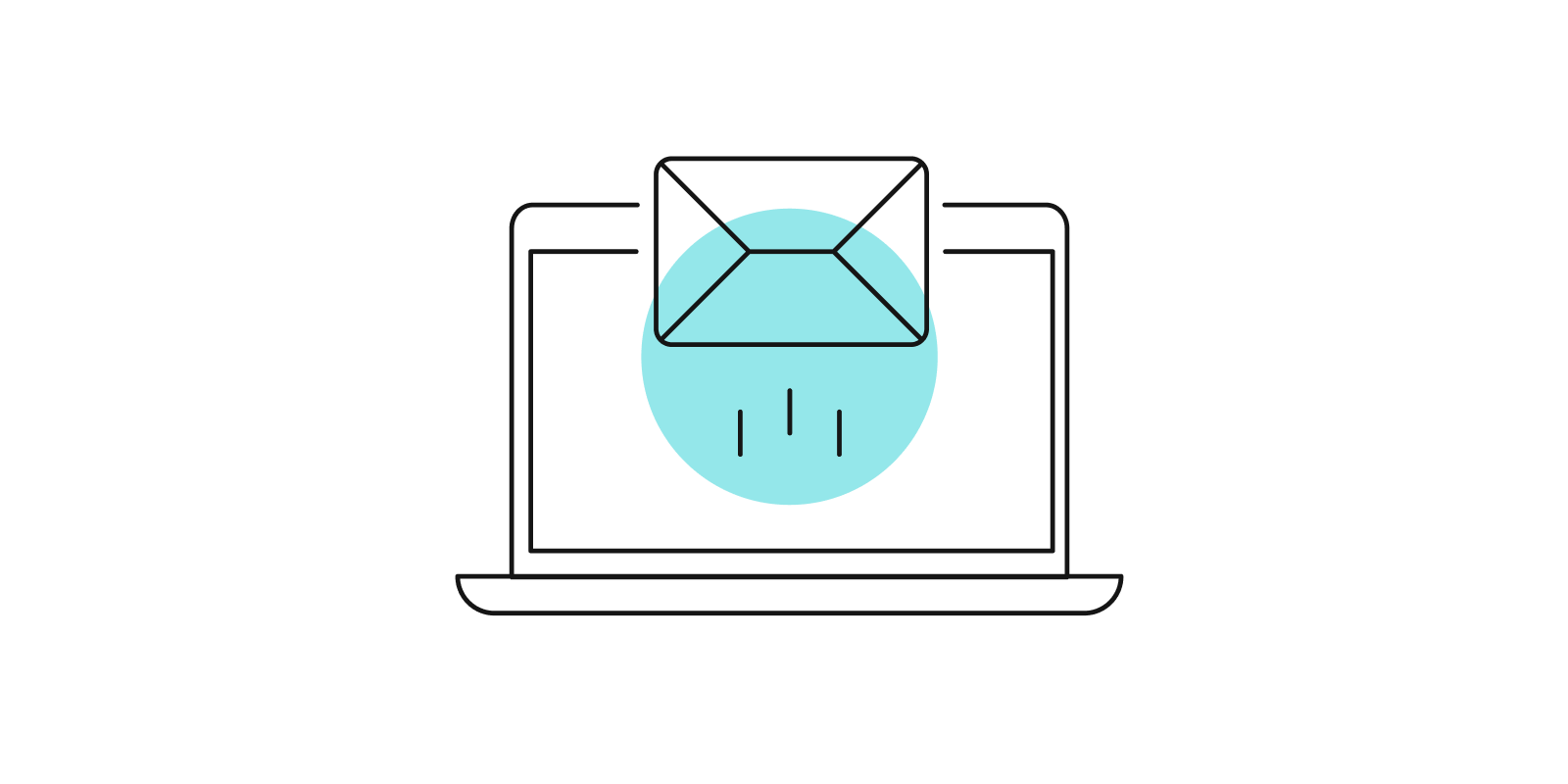
Teaching with social media: Expand your toolset with purpose & confidence

This blog series highlights educators who have embraced social media in their ongoing quest to meet students where they are, increase engagement, and improve results. Through these stories, you’ll discover how they got started, learn a few tips to make your foray into social media as seamless as possible, and hear some advice about incorporating these new technologies and platforms into your instruction or institution.
The two key driving forces when I was starting with social media were that I could help my students to understand the content to a greater extent, keep students engaged, and help them to develop strong communication skills.
Using social media in your course
I was actually using a lot of these social media platforms already as part of my personal life, so that made it easier from my perspective to do something innovative with them. With Snapchat, for instance, I always felt it could enhance student engagement and course understanding, but no one seemed to be taking advantage of it.
And there were people in my department who had used social media with students already, and it had been effective. That gave me more confidence than perhaps an educator in a school or university where there wasn’t that history.
But it’s inherent to have an idea of what you want to do, and some clear objectives beforehand, instead of just trying a piece of social media and making it up as you go along. I think you have to have a more defined approach from the outset for it to be a big success.
Getting started
If you’re not familiar with a social media platform, sometimes there’s a learning curve to get over, and I think that could worry a lot of people. They don’t want to get started because they’re not adequately trained in the first place. Create a test account to get acquainted with it to start. Then once you know how to use the platform, the rest of it is easy.
"Be reassured — you’re still the expert in terms of the subject matter you want to communicate. You’re just learning to present that with a slightly different method."
And, really, if you’re immersed in your subject, you’re always thinking about how you can improve the quality of the teaching, engage students in different ways, try to understand different things, and even relate it to everyday life. Creating social media content shouldn’t be too onerous, and that time element will quicken as you become accustomed to it.
Evolution of social media
There may be teachers and other members of the faculty who perhaps think it’s a waste of time, or that it’s just a gimmick. But we keep adding to the literature and compiling both qualitative and quantitative evidence that this works.
There will be new social media platforms constantly popping up. Some will be failures, but some will really take off. As an education community, we have to be flexible and adaptable and constantly be on the ball to keep students engaged by using whatever platform they’re using at the time.
Favorite strategy
Our students are constantly using WhatsApp. When we want to facilitate any sort of group work, they’ll create a group within WhatsApp and constantly talk to each other about how to solve the problem, arrange meetings, share content, images, etc. And it’s not just small groups of 4 or 5, but groups for whole courses — hundreds of students – where they can practice and develop strong communications skills.
Dive deeper
Read key takeaways from my webinar, “Actively engaging digitally native students with social media” from the 2021 JoVE Science Education and Research Innovation awards.
About the author

Dr. Glenn Hurst
Dr. Glenn Hurst is an assistant professor in the department of chemistry at the University of York, UK. He completed a degree in chemistry at Durham University followed by a PhD in chemical engineering, specializing in polymer chemistry, at Newcastle University. Dr. Hurst’s areas of research include a blend of green chemistry education, utilizing social media in higher education, and active learning strategies to transform the student learning experience and confer a deep understanding of subject matter.
He regularly publishes in chemical education and higher education scholarly literature, and has recently been recognized by the Joint Information Systems Committee (JISC) as being one of the top ten social media superstars in higher education.



